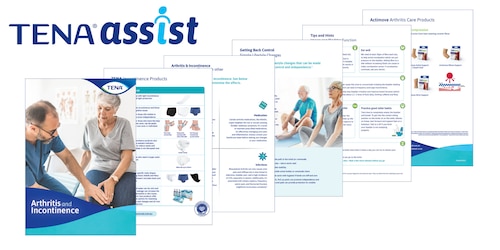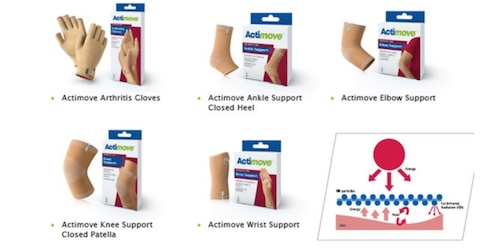What can be done?
Reduce the risk of falls to improve independence
- Ensure furniture is not in the way of the path to the toilet (or commode)
- Place a clear sign on the toilet door (if memory an issue)
- Provide clothing free of buttons and zips – velcro works well
- Use a raised toilet seat to provide better stability
- Install handrails in the bathroom, provide urinal bottles or commode chairs
- Discuss the use of continence products. Pull up pants can promote independence and confidence and reduce anxiety, liners and pads can provide protection for smaller infrequent leaks
Extra assistance might be needed for:
- getting to or on the toilet
- adjustment of clothing
- perineal hygiene
- placement/removal of pad/liner
Assistance will change from supervision to partial as the diseases progresses.
Tips and hints to improve bladder function
Don’t go ‘just in case’
Avoid going to the toilet before the urge to go is there or ‘just in case’ as it can lead to a reduction in bladder size and the volume it can hold, this then results in needing to void more often but smaller amounts
Avoid reducing fluid intake, as this can cause the urine to concentrate irritating the bladder leading to it want to empty more often, which can then lead to frequency and urge incontinence.
Eat well
A healthy diet rich in dietary fibre will help avoid constipation. We need at least 30gm of fibre each day. Just adding fibre to a diet without increasing fluids can cause or make constipation worse. If constipation continues, see a doctor.
Drink well
Drink adequate fluids to quench thirst. Water is the best fluid as this can help stop bladder irritation and improve bowel function (which can affect bladder control). Consume about 1.5 -2 litres of fluid daily, limiting caffeine and fizzy drinks which can irritate the bladder.
![Tips and hints to improve bladder function 1.png Tips and hints to improve bladder function 1.png]()
Get moving
Aim to exercise for 30 minutes most days. Remember that walking is great exercise and can help keep those joints moving for longer.
Keep your pelvic floor muscles strong
Our pelvic floor muscles give us control over our bladder and bowel. Squeeze and draw up the pelvic floor muscles to control the urgency to go to the toilet. Think about something else rather than the urge. The urge should diminish or go away at this point so you can get to the toilet without rushing. Seek professional assistance in ensuring Pelvic floor exercises are done correctly. Visit TENA.com.au for more information.
Practice good toilet habits
Go to the toilet when your bladder feels full or when you get the urge to open your bowels. Do not get into the habit of going ‘just in case’. Take time to completely empty your bladder and bowel. To get into the correct sitting position on the toilet: sit on the toilet, elbows on knees, lean forward and support your feet on a footstool. To avoid kidney damage, if you think your bladder is not emptying completely talk to your doctor or diabetes nurse.
Try bladder retraining
When the urge to go is there try to hold on for 5 minutes before you go, try this at home initially, then try to hold for a little longer each time. If it helps, wear a pad to catch any leaks while using this technique.
![Tips and hints to improve bladder function 2.png Tips and hints to improve bladder function 2.png]()
There is a range of TENA products that can help from liners for small leaks to Pants and other products for heavier loss
See all products here























